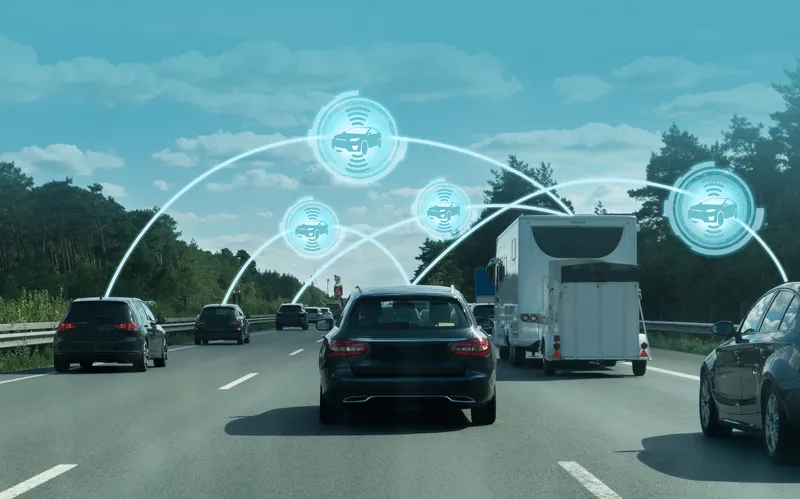Lumenera is here at the ITS America Annual Meeting to present high performance cameras with excellent image quality, amazing low-light performance, high dynamic range and high resolution needed for transportation applications. With thousands of cameras deployed worldwide, Lumenera’s says its equipment is ideal for tolling, red light/speed enforcement and automated parking. Off-the-shelf and custom imaging solutions with USB 3.0, USB 2.0 and GigE options are offered.
On display is Lumenera’s yet-to-be-rel
June 2, 2015
Read time: 2 mins

On display is Lumenera’s yet-to-be-released Lt16059H camera which is equipped with a 16 MP ON Semiconductor (Truesense) KAI-16070 CCD image sensor with a 7.4 μm pixel size that can achieve a frame rate of 11 fps at full resolution.
This high-performance USB 3.0 camera is optimal for many transportation applications and its global electronic shutter captures high-quality, high-speed images with virtually zero image blur. Additionally, Lumenera points out that the unit’s award-winning “Dual- Gain High Dynamic Range” (HDR) implementation is a rare feature that outputs the same high-resolution frame processed through two different gain amplifiers. The Lt16059H can be customised to suit OEM designs. “The Lt16059H camera was designed with ITS specifically in mind,” says Eric Ramsden, Lumenera product manager.
“Our design using the KAI- 16070 sensor produces the best results one can expect out of a camera designed with this sensor. Lumenera excels at designing robust cameras that provide speed, low noise, excellent tap matching and reliable USB 3.0 which are all critical elements for ITS deployments.
The recent announcement of our industry-leading four-year warranty for all of our cameras gives our customers the confidence that our solution is designed to last.”










